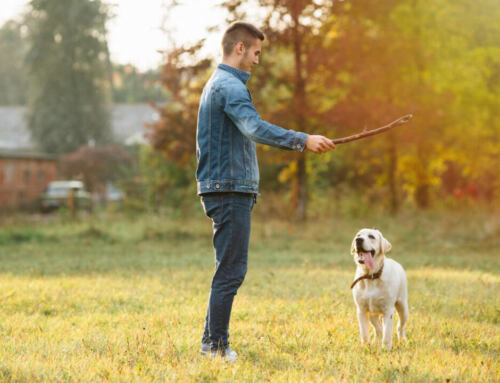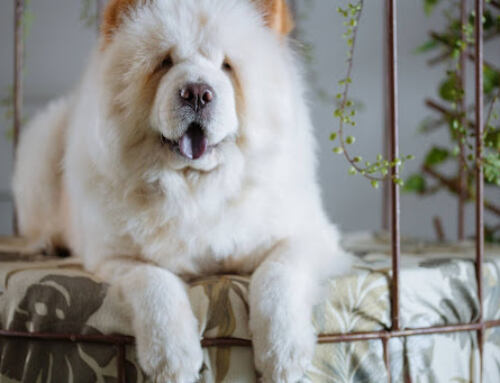If you’re allergic to pet dander but can’t bear to be apart from your cute and fuzzy best friend, a hypoallergenic dog may be the solution to your prayers. Hypoallergenic dogs are a good option for those who suffer from allergies because they shed significantly less than other types of dogs. This results in less dander being shed from their coats and stuck to your furniture. There is a threshold below which exposure to a dog’s dander (dead skin cells) or saliva does not trigger an allergic reaction, but no dog is completely hypoallergenic.
Dogs that shed less are helpful since they reduce the amount of hair that must be vacuumed up. We can all agree that non shedding small dogs are cute and fantastic pets. You may be on the fence about adopting a furry friend, though, because of allergies or the hassle of having to constantly vacuum up dog hair. Ten to twenty percent of the global population is allergic to the dander (dog’s dandruff) released into the air when an average dog sheds. If this describes you, adopting a hypoallergenic (low-shedding) dog is a sensible choice. Small dog breeds that don’t shed are follow as:
Basenji

The Basenji could be the ideal small dog for those who want a hound but can’t stand the breed’s characteristic smell and excessive shedding. The Basenji’s short, silky coat takes little maintenance beyond the occasional brushing, and the dog sheds very little. As long as they get plenty of daily exercise and playing, Basenjis are also notoriously quiet, making them a great apartment dog. Although they have their roots in Africa, Basenjis don’t make the typical hound noises of howling and yapping.
You won’t even notice they are there because their hair is so short and thin that it sheds very little. In keeping with their reputation as having a feline disposition, Basenjis will even groom themselves. The Basenji is an African dog breed that doesn’t bark. They don’t bark like regular dogs; rather, they emit a yodeling or howling sound. The shoulder height of this small dog is roughly 17 inches. The low-maintenance short, silky brown and white coat of the calm Basenji requires almost no grooming. This breed of dog is famous for its meticulous cleanliness. It helps maintain a tidy home by grooming itself like a cat.
Bolognese
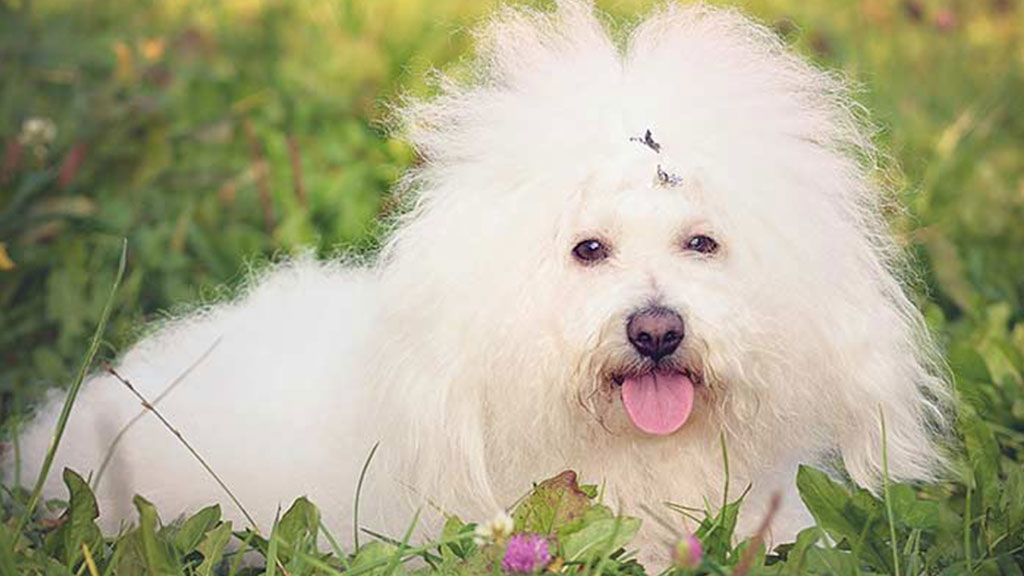
The Bolognese, like the Bichon Frise, has a distinctively fluffy coat, but instead of fur, it is made of hair. Although the Bolognese doesn’t shed, it still needs its dead hair combed out and its coat groomed every day so it can sit pretty on your lap. The Bolognese, often known as the Bichon Bolognese or Bolos, is a miniature white dog. These pups take a liking to humans almost as much as they do to games. Although the Bolognese is hypoallergenic and moderate shedder, it still requires regular grooming to remove dead hair.
One advantage of this dog breed is that it does not drool. These cute, cuddly dogs will gladly spend the afternoon cuddled up on the couch with you. PetMD reports that compared to other dog breeds, they don’t need as much activity. Their white fur doesn’t shed much and just needs a couple of fast brushes per week, making them low-maintenance pets.
Bichon Frise
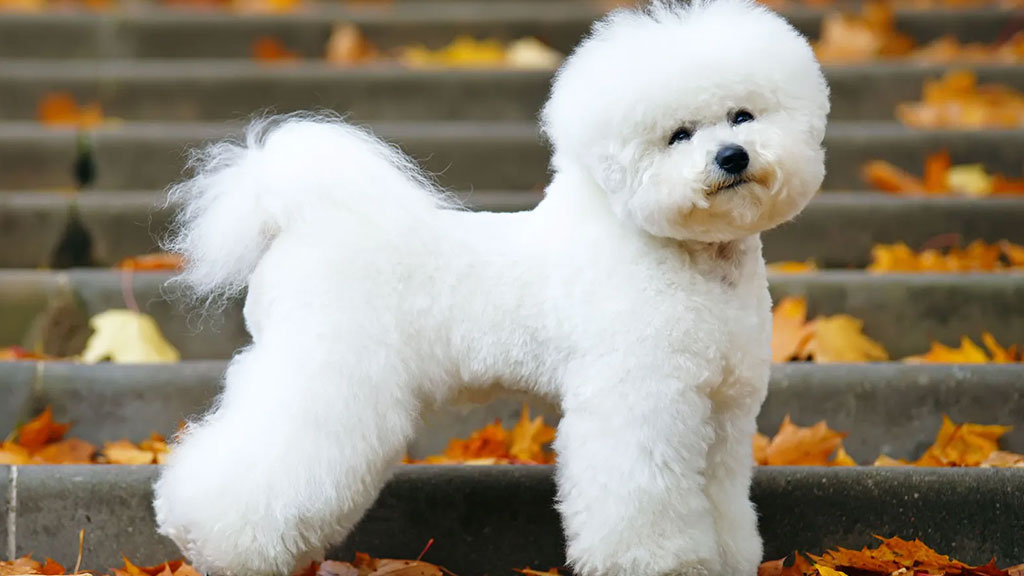
The Bichon Frise is one of the few small non shedding dogs. These friendly pups are great for allergy sufferers, but they require consistent care and attention. The hair on a Bichon Frise never stops growing, so these dogs need regular brushing and even the occasional wash to maintain their cute, fluffy appearance. Bichons are recommended by the American Kennel Club as a hypoallergenic breed for people who suffer from allergies.
Their name translates literally from French to “fluffy white dog,” and it couldn’t be more apt. Because of their diminutive size, they are also a delightful addition to intimate dwellings. The Bichon Frise is a great choice for people with allergies who want a little dog. This fluffy little dog may be little, but it has all the strength and sturdiness of Longest Living Dog Breeds. This dog stands out from the crowd thanks to its hypoallergenic, snowy white coat. The Bichon Frise’s luxurious coat requires regular care, making it a high-maintenance breed. However, with its double coat, it will shed very little hair all over your house.
Maltese
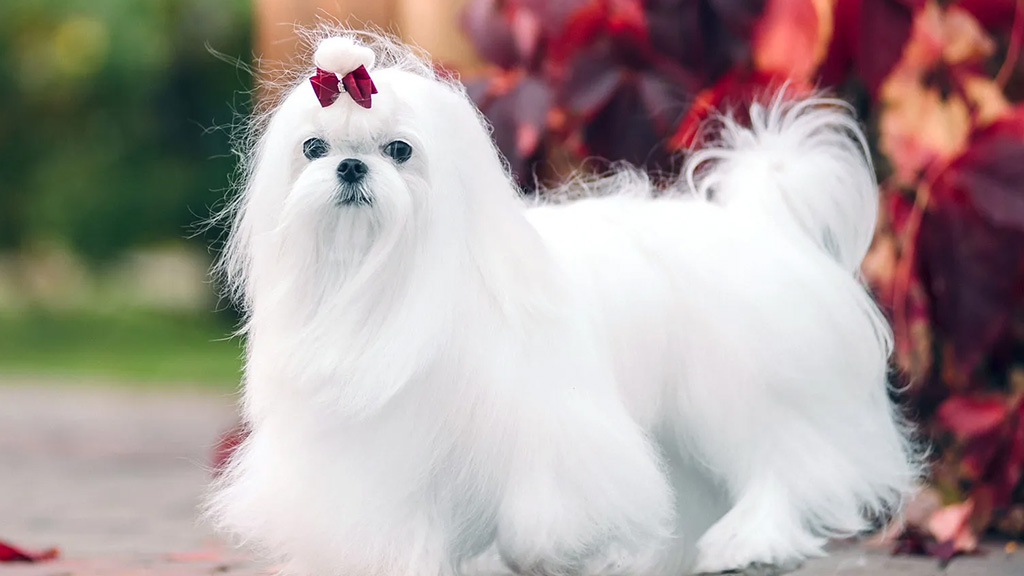
The ancient Greek breed, at an average of just seven pounds, is the very definition of the term “lap dog.” Since their all-white coats aren’t likely to aggravate allergies, even extended periods of cuddling won’t leave you sneezing. Depending on how much time you have to devote to grooming, you can give their plush fur a sporty trim or let it grow long. You need look no farther if you’re in search of a loving, cuddly pet friend. According to the American Kennel Club, Maltese dogs tend to weigh less than seven pounds.
Although they shed very little, owners should still brush them every day to avoid mats. Thankfully, because of their diminutive stature, the process shouldn’t drag on for too long. The Maltese is one of the tiniest breeds of dog. They have a silky coat and can only get up to 7 pounds in weight. The long, white coat of this breed has made it quite fashionable as a lap dog. Because of the potential for the coat to become matted, it requires regular brushing and washing to keep it looking presentable.
Xoloitzcuintli

You may also hear the Xoloitzcuintli referred to as the Mexican hairless. This ancient dog breed is one of two types: hairless and coated. Xoloitzcuintli are dogs that stay small forever and don’t shed. They tend to be quiet and unassuming, and they don’t require much maintenance (especially the hairless ones). You should make an attempt to shield their skin from the elements. Xoloitzcuintli of both coat types have hair on their heads, although the coated variety’s hair is shorter and flatter.
If you’re seeking for an alternative to a shedding tiny dog, the Mexican hairless is a great option. Popular nowadays for their lack of hair, these dogs are a good option if you or a member of your family suffers from allergies.
Scottish Terrier

This breed of dog is known for its sturdiness and was originally developed to accompany hunters. These days, they are cherished because of the fun they provide to their owners’ lives on outdoor excursions. Their wiry outer hair and dense undercoat don’t shed at any time of year (unless when you brush them, of course). The Scottish Terrier is a breed of dog that stands out for its distinct appearance and bold character.
They are brazen and self-assured. They keep their distance from outsiders yet are fiercely loyal to their loved ones. Their innate hunting behavior can be problematic in human households. They need to go for walks frequently because they are rather energetic. However, because of their diminutive stature, satisfying their requirements is not particularly troublesome.
Shih Tzu
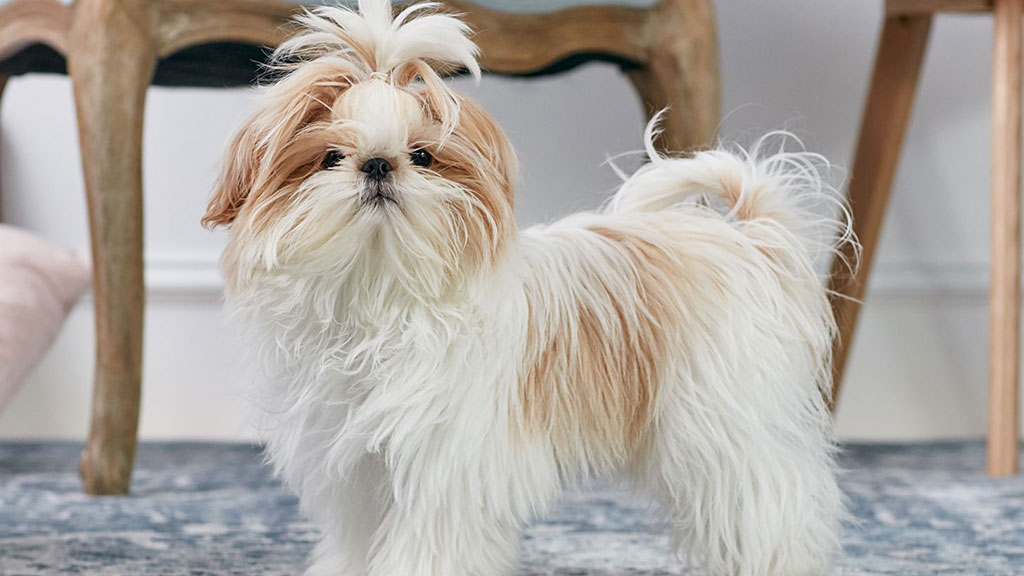
A fully mature Shih Tzu can weigh as little as 4 pounds. These dogs, like the Lhasa Apso, are native to Tibet and are highly regarded as companion animals. They have a tendency to be intransigent and insist on having their way whenever possible. On the other hand, they won’t make a shedding hair catastrophe wherever they go. When it comes to little canines who don’t shed, this one is likely among the top few. They still have many of the characteristics that were selected for when they were developed to be lap animals.
Their hair virtually never sheds. Daily brushing is required, though. It is common practice to give these dogs “puppy cuts” in order to minimize the time spent on grooming. When properly supervised, these mild-mannered pets may get along with even the youngest of children. These dogs may bite if they are harmed by rough children. Shih Tzus are petite, playful dogs known for their affection. This dog breed does well in a social setting that includes both young children and other canine companions. Since Shih Tzus don’t shed and rarely bark, they never wake their owners up during nap time or when they’re trying to get some shut-eye.
Havanese
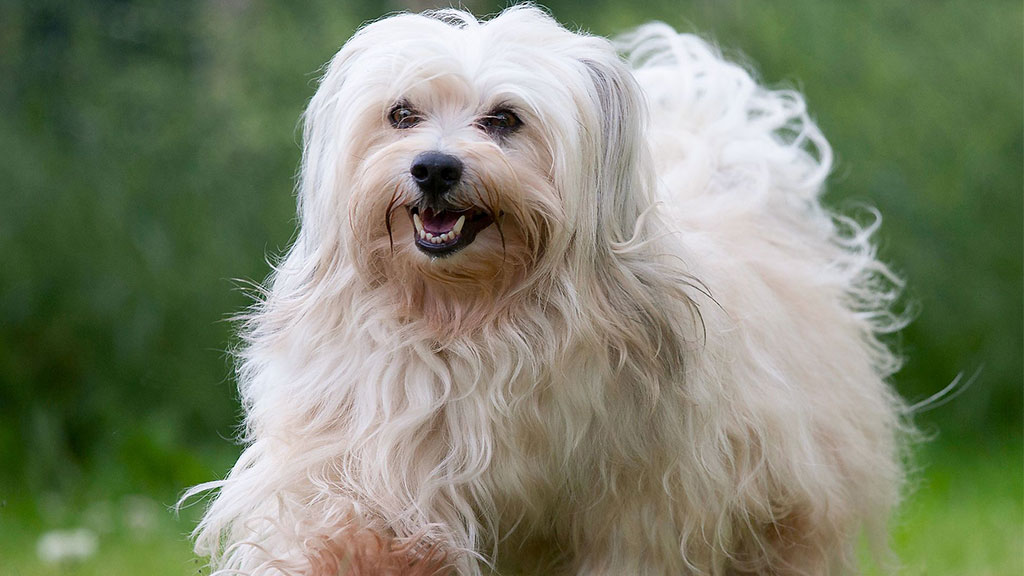
Intelligent and social, Havanese Havanese adore traveling and making new friends. This canine breed never exceeds 12 inches in height and 13 pounds in weight. A Havanese coat is lengthy and can be any number of colors. Instead of being boisterous and vocal, Havanese will rather play with tiny children and other canines. Affection and love will also bring out the best in this dog breed. While Havanese dogs don’t typically shed, they may bark to express their needs. The Havanese is, without a doubt, the most lovable creature in our opinion.
They form an instant bond with their owner and stay inseparable forever. That’s a challenge since when left alone, your Havanese will start barking and howling. The Havanese may take time to train, but it is time well spent. If not, they could get into the negative habit of excessive barking or chewing. Havanese dogs are able to keep up with their owners on hikes and other outdoor trips despite the fact that they are not hyperactive or agitated and so require less space than other breeds of dog. Due to their modest size and lack of barking, Havanese dogs are ideal pets for apartment life and road trips. Havanese dogs should not be left alone for long periods of time during the day since they develop strong attachments to their human companions.
Yorkshire Terrier
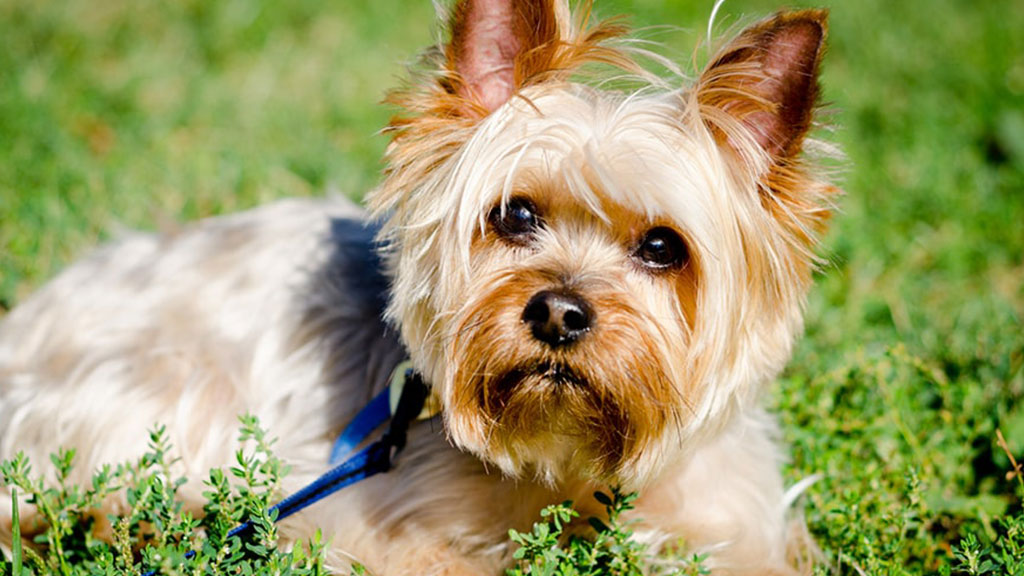
There’s a whole TV show dedicated to Yorkshire Terriers, or “Yorkies.” They are always looking for the spotlight to shine on them. They typically have boundless energy and a boundless supply of playfulness. They value friendship above all else, yet when their pack feels threatened, they can become possessive and aggressive. Adult Yorkshire Terriers often don’t become any bigger than 7 pounds, making them one of the tiniest dog breeds.
When compared to other dog breeds, Yorkies are more likely to engage in excessive barking while being loving, affectionate, and fierce. Yorkies are often called “purse dogs” or “travel dogs” due to their small size. They need only minimal physical activity because to their diminutive size to remain healthy and content. Yorkshire Terriers are easygoing and will tolerate being carried in a high-quality and comfortable dog carrier bag or dog purse while out and about or on public transportation.
Conclusion
In addition to bringing company and delight, dogs also improve our mood, reduce our stress, and facilitate our ability to form social bonds. There is no such thing as a non-shedding dogs small; rather, the difference is in the degree to which different breeds shed. The low-shedding dog breeds discussed here are excellent choices if you suffer from dander allergies or simply don’t want dog hair to fly around your home.


